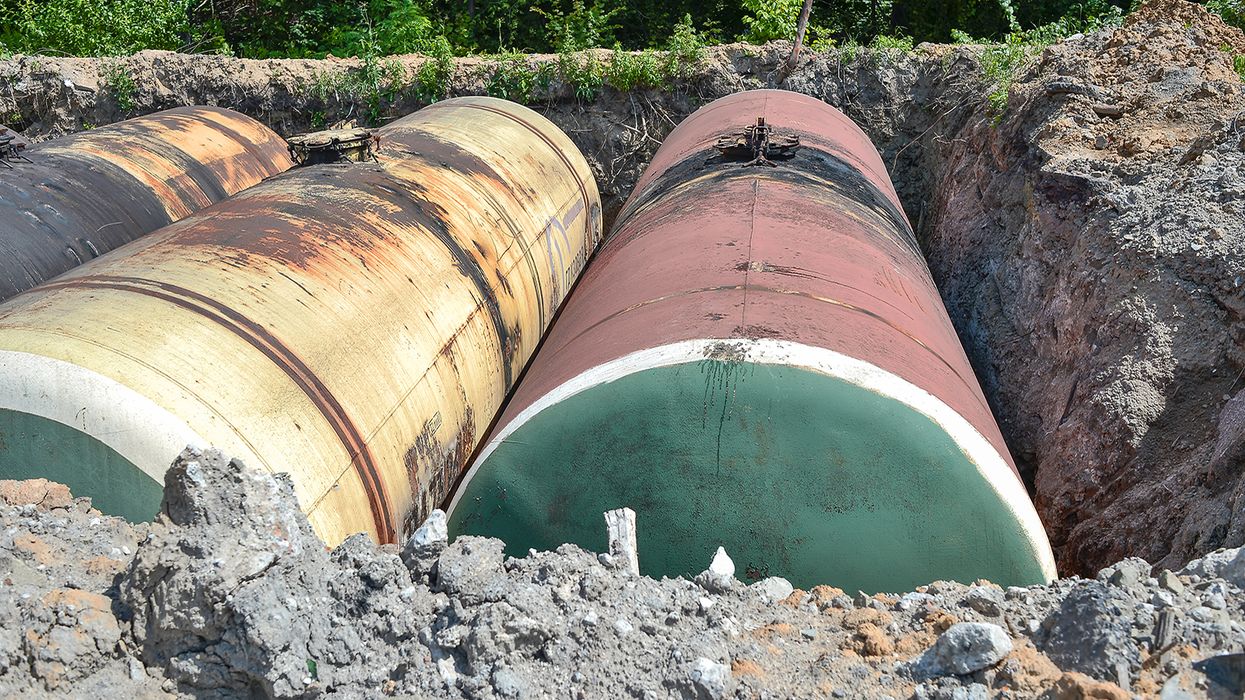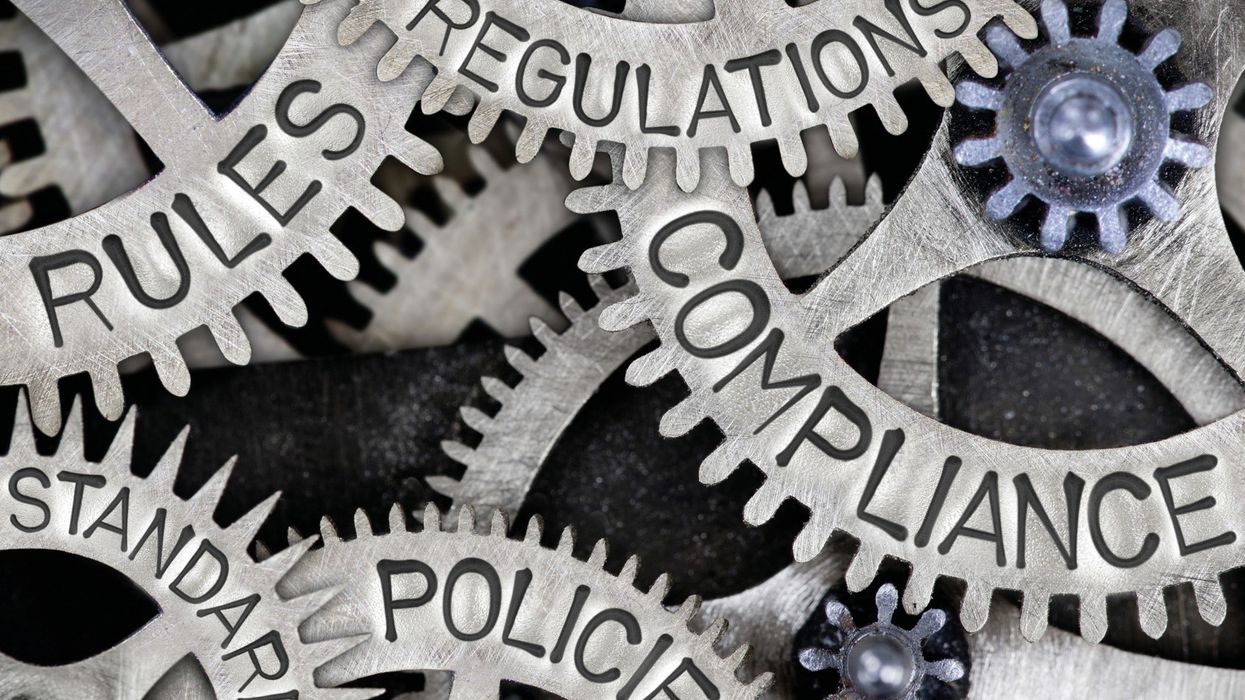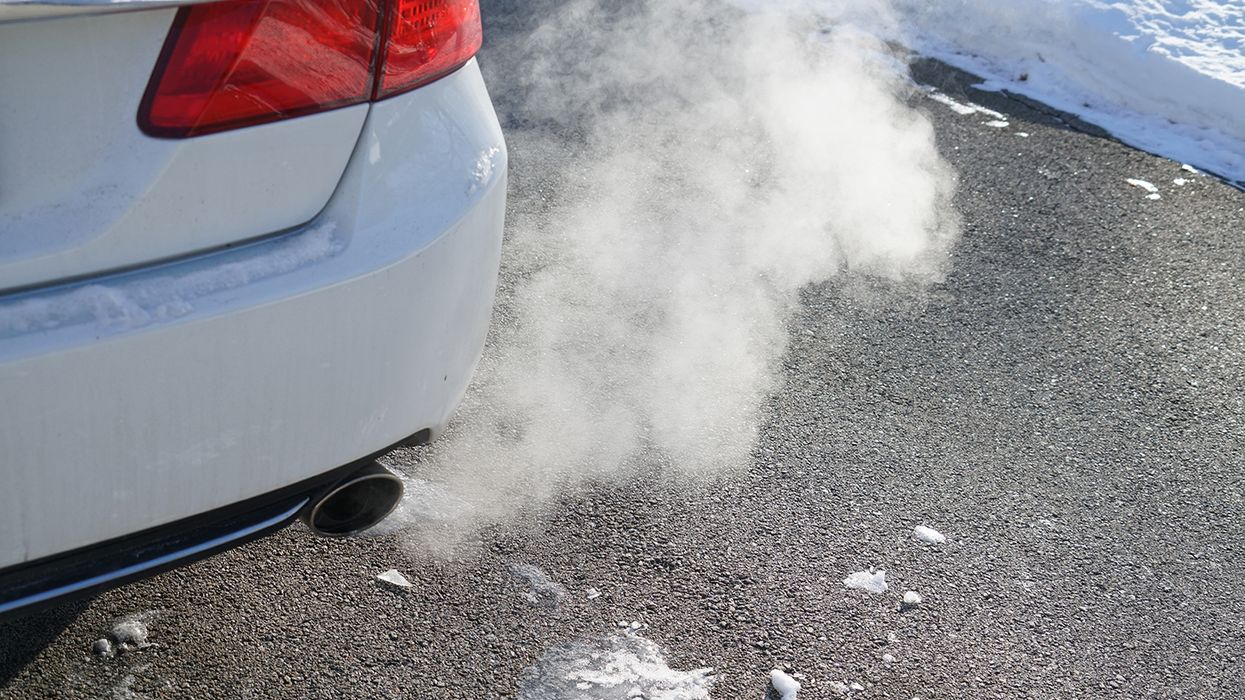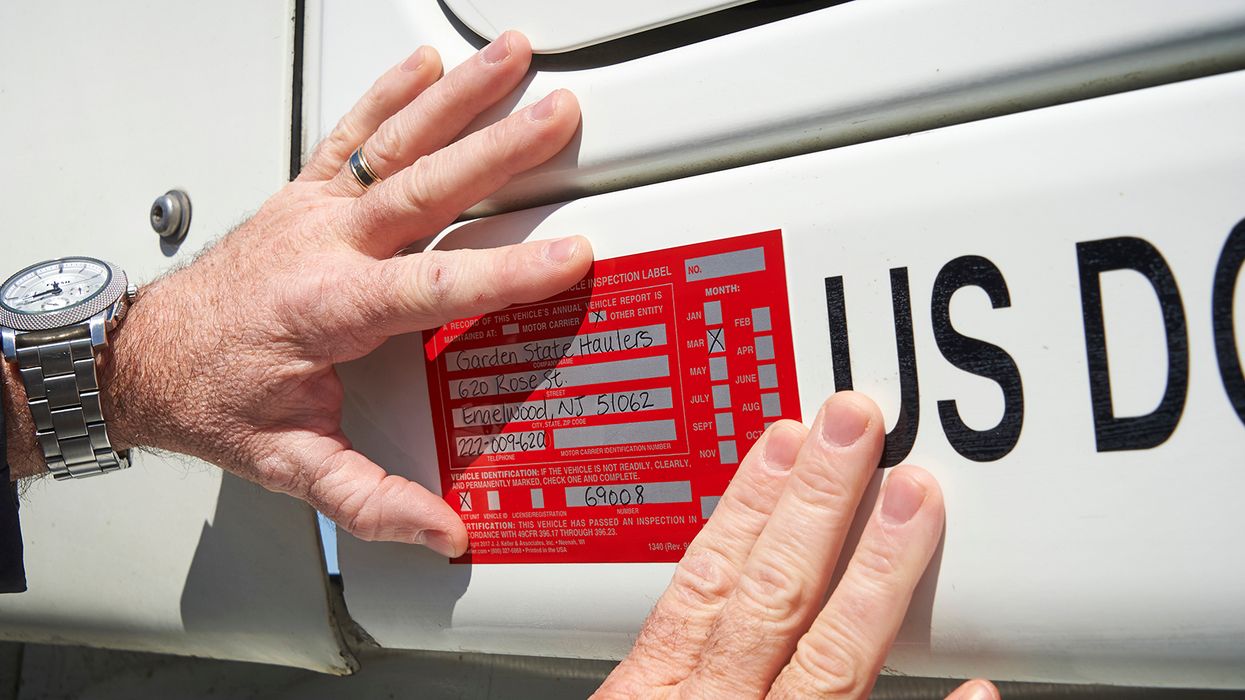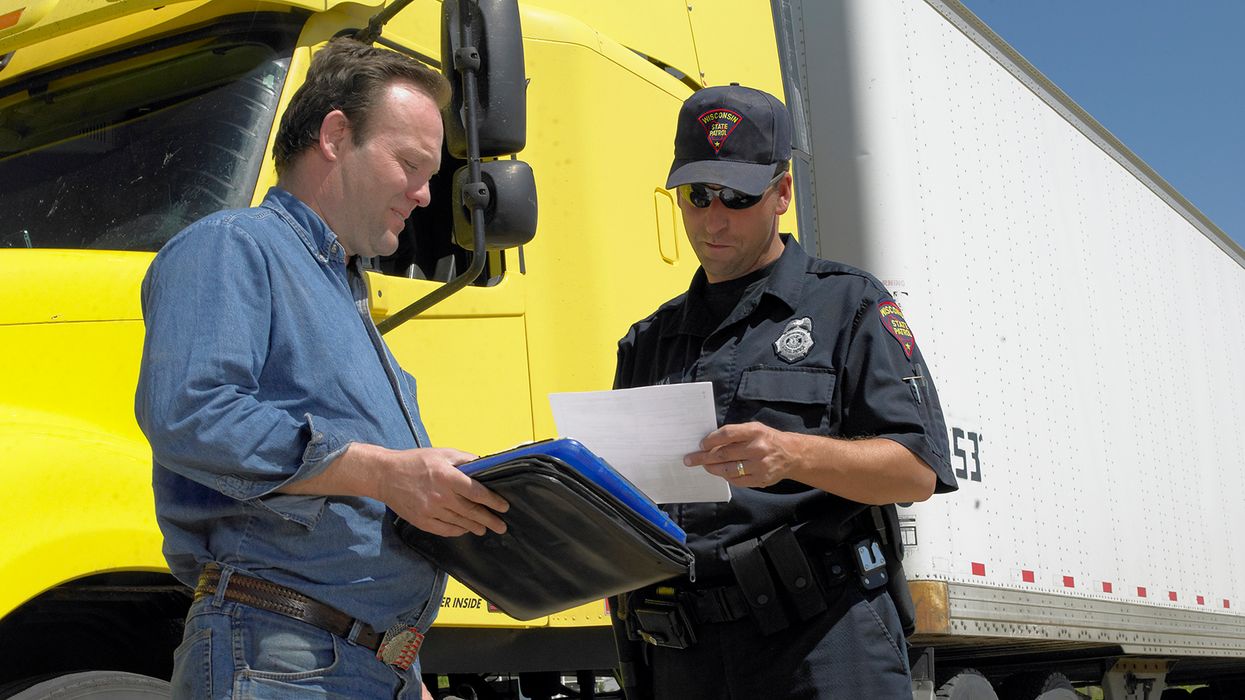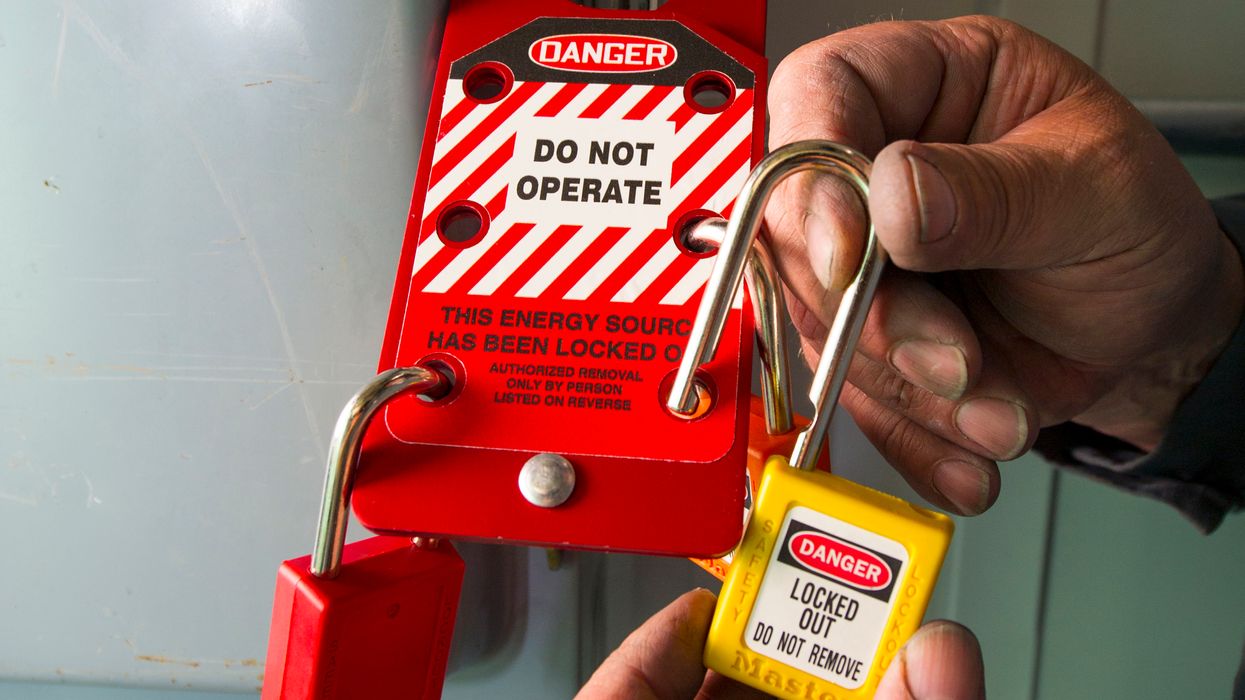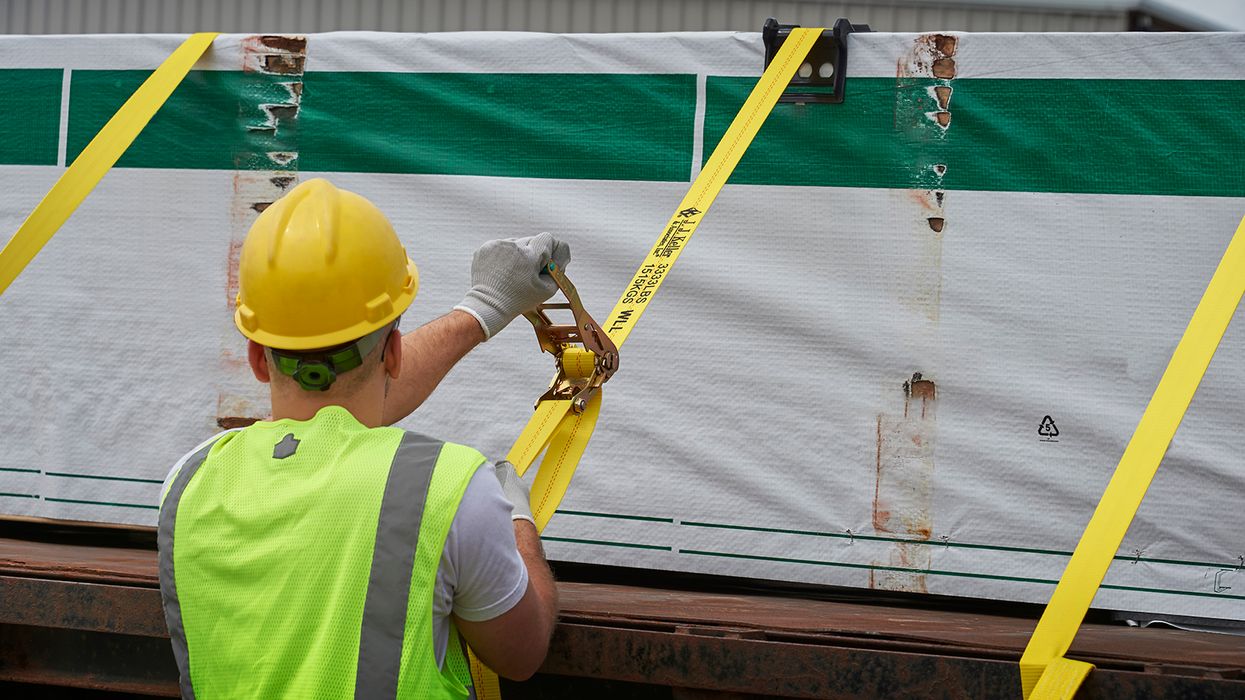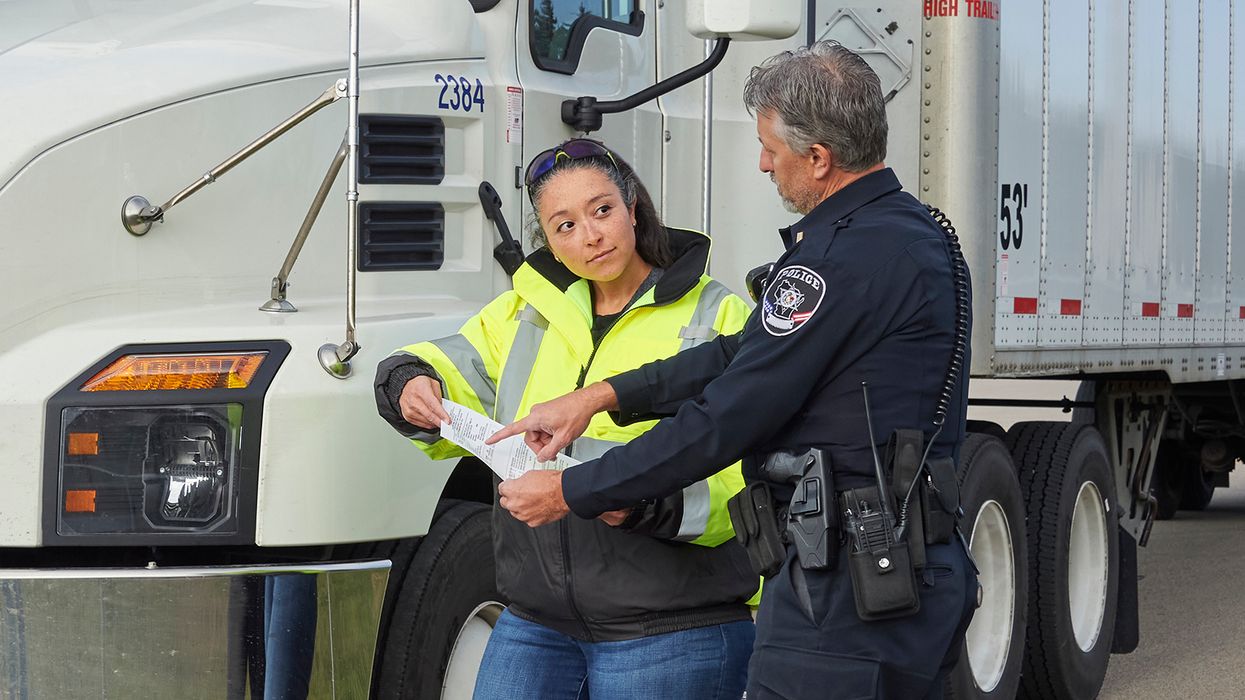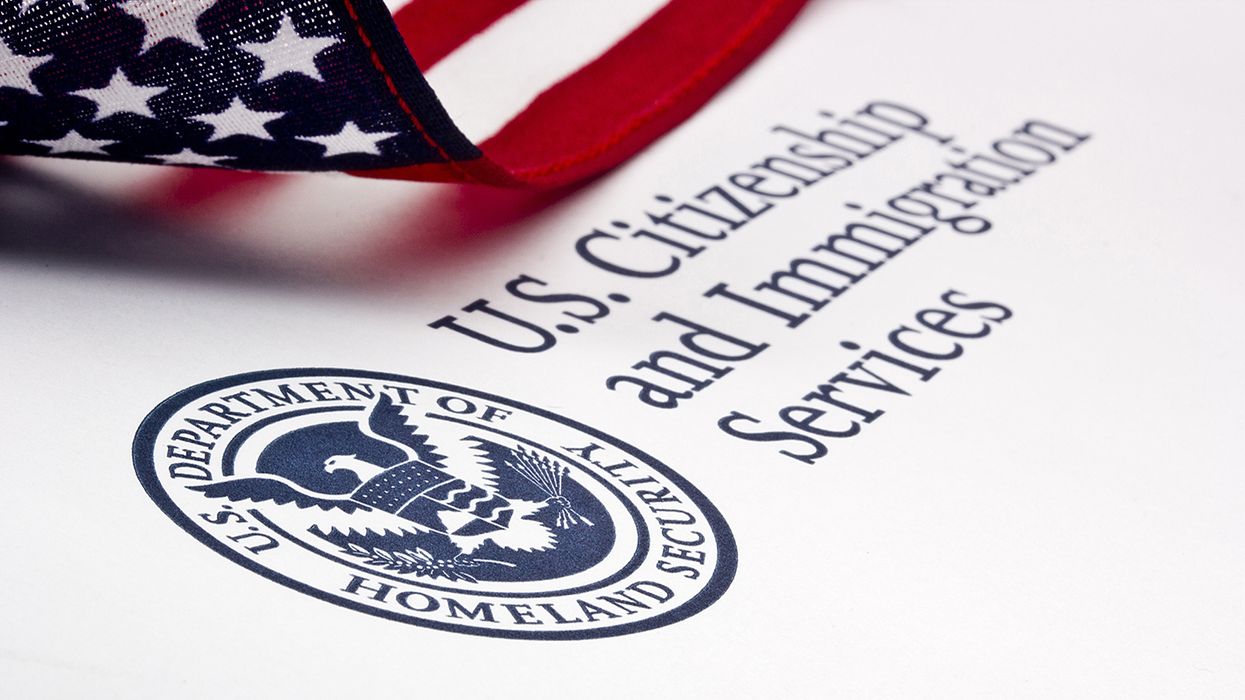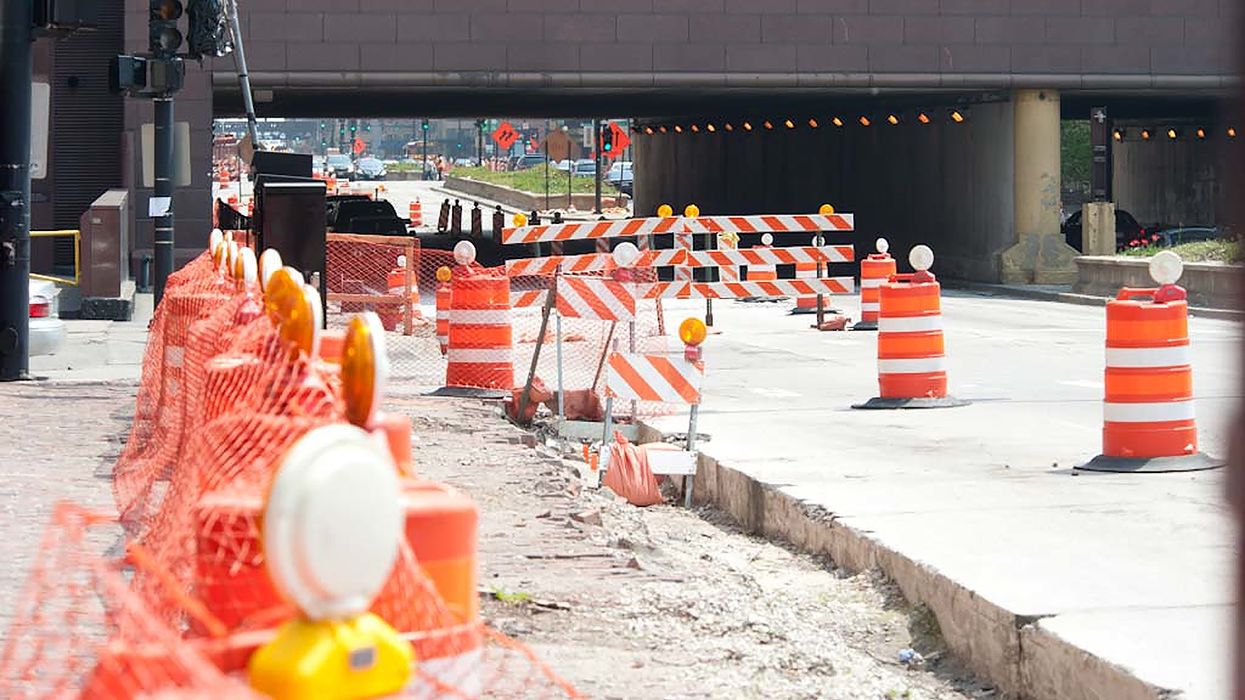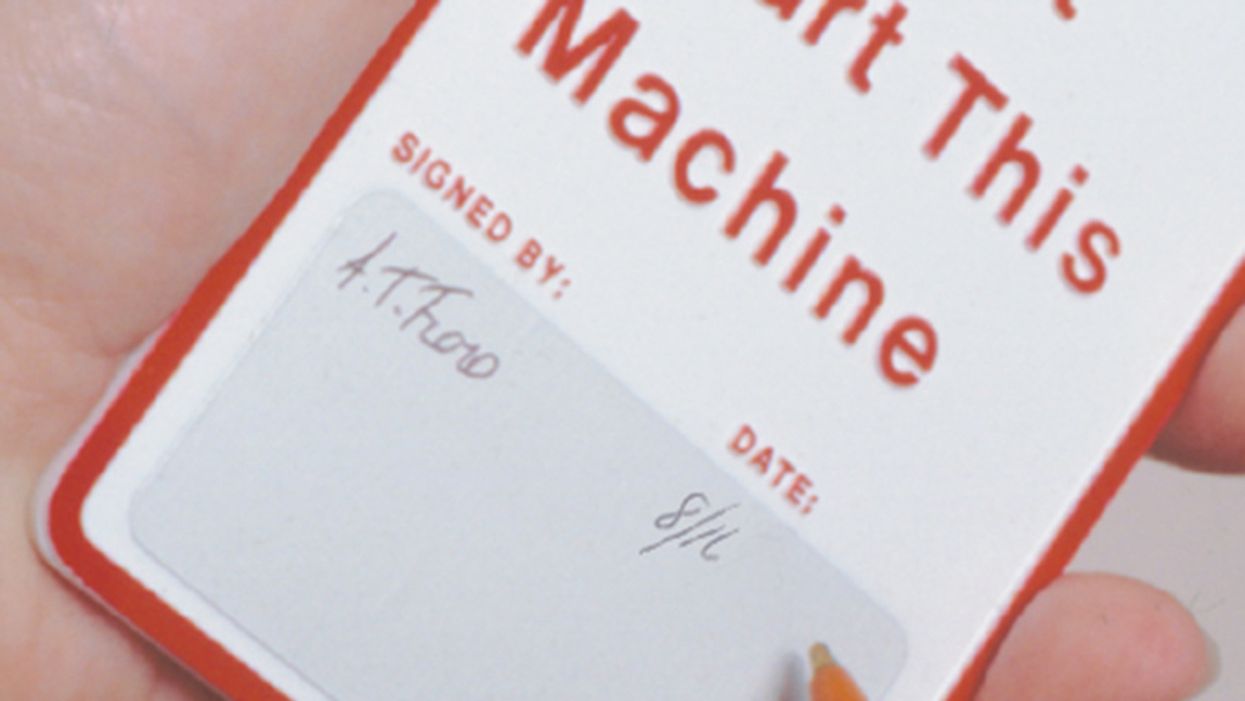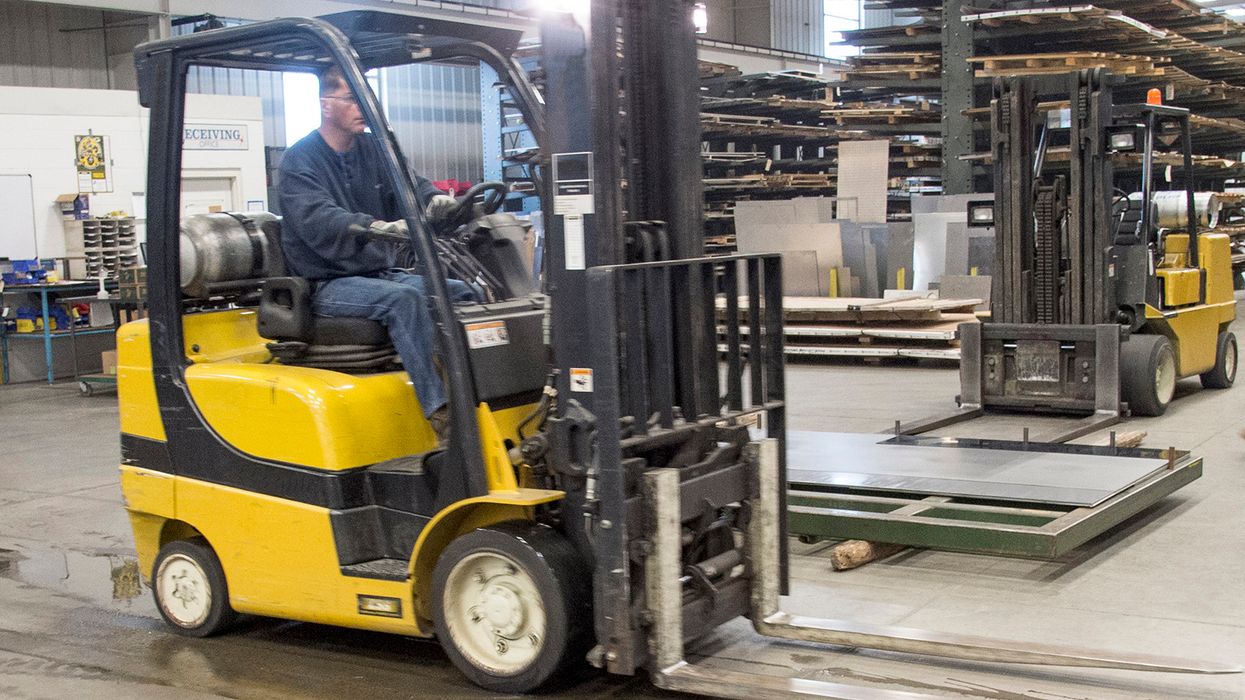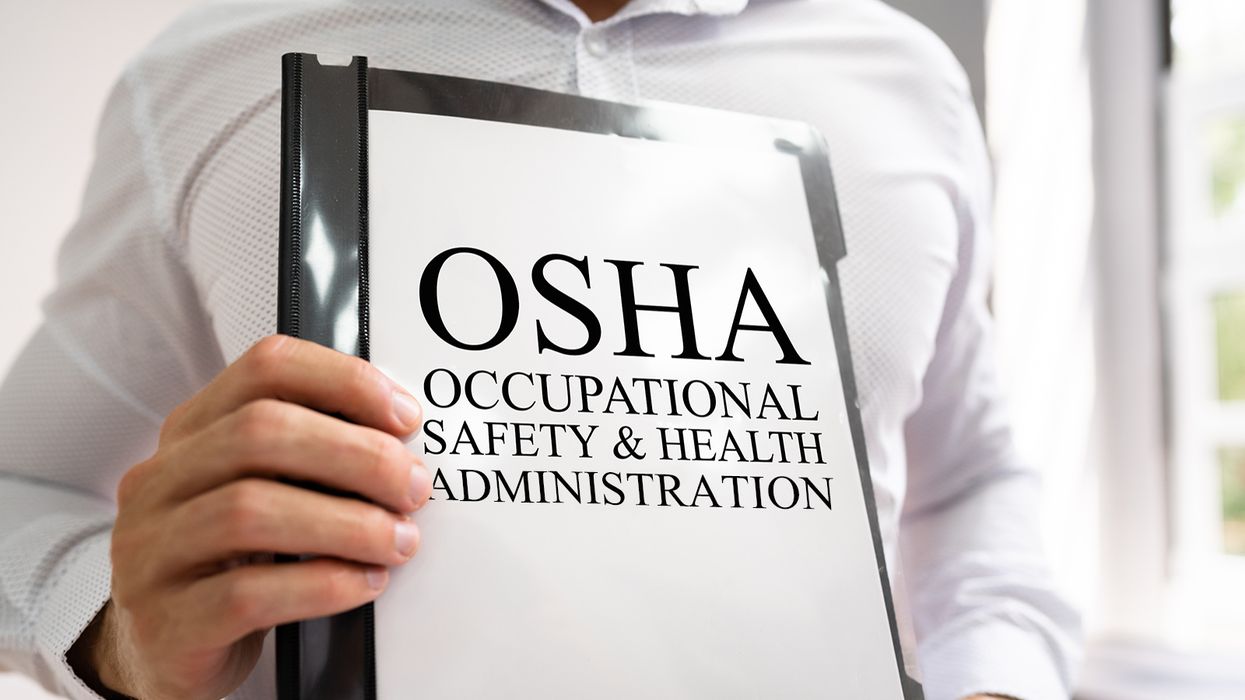Surprise! OSHA to issue walkaround and subpoena rules in Quarter 2
While the latest OSHA semiannual agenda mostly kicked the can on the same rulemakings that were listed last time, two new rulemakings set for May and June came out of left field. The newbies include a proposal entitled, “Worker Walkaround Representative Designation Process,” and a final rule entitled, “Procedures for the Use of Administrative Subpoenas.”
Union-walkarounds rule to impact non-union shops
To understand the Walkaround proposal, you need to go back 10 years. On Feb. 21, 2013, OSHA issued a letter of interpretation (LOI) that ignited a firestorm in the business community, which argued the letter made a rule without notice and comment. Business took OSHA to court, and in early 2017, that letter was withdrawn without any formal announcement. Now, you may want to circle the month of May 2023. That’s when the agency hopes to propose the interpretive language as a rulemaking.
The Walkaround proposed rule is intended to clarify Section 8(e) of the Occupational Safety and Health Act (OSH Act) and 29 CFR 1903.8(c), which reads, in part: “If in the judgment of the Compliance Safety and Health Officer, good cause has been shown why accompaniment by a third party who is not an employee of the employer (such as an industrial hygienist or a safety engineer) is reasonably necessary to the conduct of an effective and thorough physical inspection of the workplace, such third party may accompany the Compliance Safety and Health Officer during the inspection.”
Many workers do not have a collective bargaining agreement, but, according to OSHA, these workers have a right to specify a person who is affiliated with a labor union to act as their personal representative and accompany an OSHA officer during an inspection. The catch is this person will only be allowed on the walkaround if the officer judges him or her to be reasonably necessary to an effective and thorough inspection.
The currently archived OSHA letter suggested that employee representatives who are neither an employee of the employer nor a collective bargaining agent could make an important contribution:
- Because of the representative’s experience evaluating similar working conditions elsewhere,
- In instances where non-English speaking workers want a representative who is fluent in both their own language and English, or
- In situations where workers may feel uncomfortable talking to OSHA without the trusted presence of a representative of their choosing.
Opponents to the letter had concerns about how representatives would be selected, their qualifications, how representatives would interact with employees, liability, and confidential business information.
Subpoenas rule may speed up OSHA investigations
With no previous proposal, an interim final OSHA rule is slated for June 2023 relating to the agency’s use of subpoenas during enforcement investigations. The anticipated regulatory text of the rule is unknown; however, OSHA explains that it uses subpoenas to gather evidence and interview witnesses, but that current practices lead to recurrent and time-consuming disputes between the agency and employers. To presumably cut through these delays, OSHA hopes to quickly issue a final rule to adopt a clarifying, transparent, and uniform regulation at 29 CFR 1903.
Presently, Part 1903 and the OSH Act make no mention of subpoenas. For anything enforcement-related, we generally turn to the OSHA Field Operations Manual (FOM), CPL 02-00-164. The FOM provides OSHA offices, state-plan states, and federal agencies with policy and procedures concerning the enforcement of occupational safety and health standards and ensures that these standards are enforced uniformly. The FOM provides extensive detail on subpoena procedures.
An administrative subpoena can be issued whenever there is a need for records, documents, testimony, or other supporting evidence necessary for completing an inspection or an investigation of any matter falling within OSHA’s authority, according to the FOM. The person/entity served can comply with the subpoena by making the information or evidence available to the compliance officer immediately upon service, or at the time and place specified in the subpoena, the FOM adds.
With the rush to issue the rulemaking, you have to wonder what the impacts of the rule would be once OSHA has fewer roadblocks to the subpoena process. Will the agency issue more subpoenas, have quicker investigations, wind up with time for more inspections, and/or turn out larger-penalty cases? Of course, for now, those are rhetorical questions.
Keys to remember
OSHA surprised employers with two new anticipated rulemakings — a proposal entitled, “Worker Walkaround Representative Designation Process,” and a final rule entitled, “Procedures for the Use of Administrative Subpoenas.” These are projected to be published in May and June, respectively.































